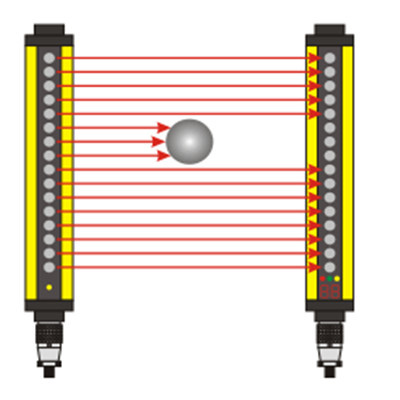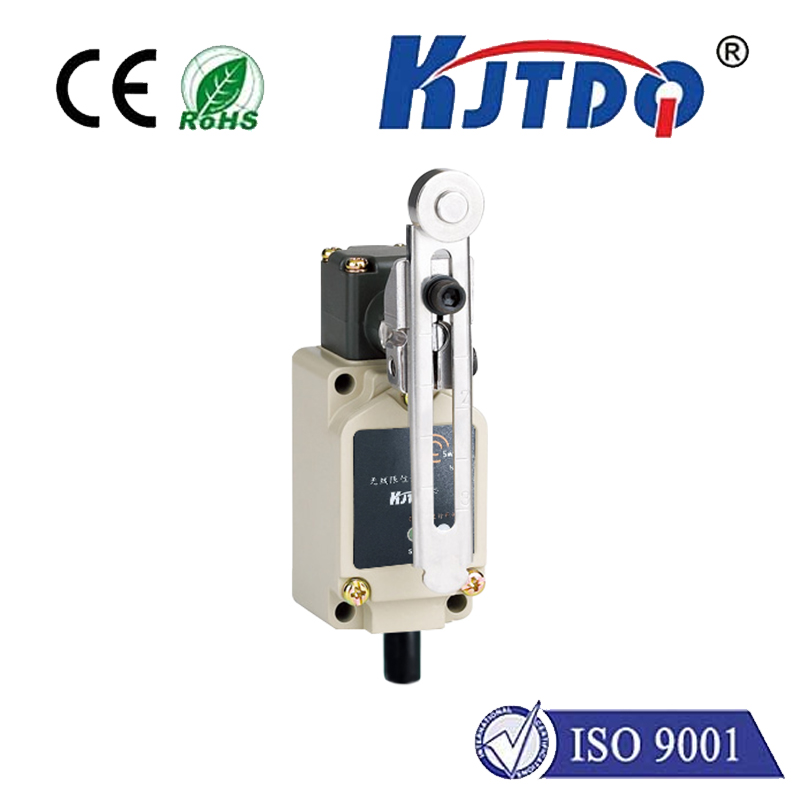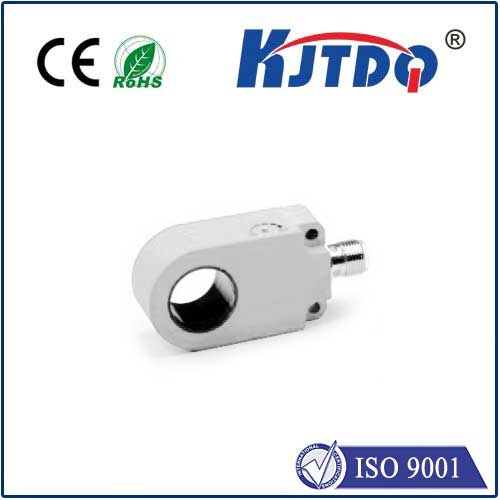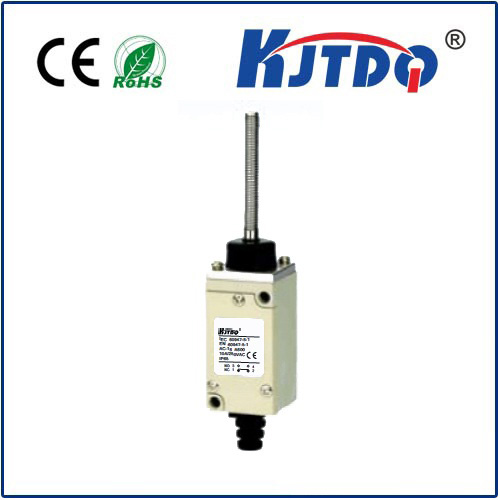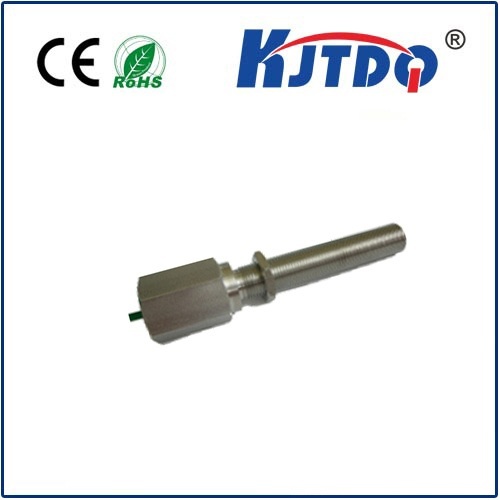proximity sensor sensors
- time:2025-09-05 12:41:34
- Нажмите:0
Proximity Sensor Sensors: Understanding the Technology Behind Non-Contact Detection
Imagine walking through a pitch-black room, your hands outstretched, instinctively sensing nearby walls to avoid collision. This fundamental need to detect presence without physical touch is replicated countless times daily in the modern, automated world, thanks to proximity sensors. While the phrase “proximity sensor sensors” might seem redundant at first glance, it accurately reflects a core reality: these devices are sensors specifically engineered to detect proximity, the presence or absence of nearby objects, without any physical contact. They are the silent guardians enabling automation, enhancing safety, and refining user experiences across diverse industries.
Decoding the “Proximity Sensor Sensor”
At its heart, the term highlights the device’s primary function: it is a sensor dedicated to measuring proximity. Unlike a simple switch that requires being pressed, or a complex vision system that captures detailed images, a proximity sensor focuses solely on one question: “Is something close, and how close is it?” They achieve this feat using various physical principles, emitting a field or beam and interpreting changes caused by a target object’s approach. The apparent redundancy in “sensor sensors” often arises in everyday language or search queries, but it underscores that proximity sensing is a distinct category of sensing technology.

How Do Proximity Sensors Work? The Core Principles
Proximity sensors operate on several key physical phenomena, each suited to different environments, target materials, and detection ranges:
- Inductive Proximity Sensors: These sensors excel at detecting metallic objects. They generate an oscillating electromagnetic field using a coil. When a conductive metal enters this field, it induces small electrical currents (eddy currents) within the target itself. This interaction absorbs energy from the sensor’s field, causing a measurable change (like a shift in oscillation amplitude or frequency). The sensor’s electronics detect this change and trigger its output. Crucially, inductive sensors ignore non-metallic materials like plastic, wood, or liquids.
- Capacitive Proximity Sensors: Think of these as detecting changes in an electrical field. They function similarly to a capacitor – two conductive plates separated by a dielectric (insulator). One plate is the sensor’s face; the other is typically the target object or ground. As any object (metal, plastic, wood, liquid, even a person’s hand) approaches the sensor face, it alters the capacitance (the ability to store electrical charge) of the system. The sensor detects this change, regardless of the material’s conductivity. This makes them versatile for detecting a wide range of targets, including materials through thin non-metallic barriers.
- Ultrasonic Proximity Sensors: These work much like sonar used by bats or submarines. They emit high-frequency sound waves (inaudible to humans) and measure the time it takes for the echo to return after bouncing off a target. The time-of-flight (ToF) is directly proportional to the distance. Ultrasonic sensors are excellent for longer-range detection (compared to inductive/capacitive) and work well with various materials, including liquids and granular substances. However, their accuracy can be affected by temperature, humidity, and the target’s sound-absorbing properties.
- Photoelectric (Optical) Proximity Sensors: These sensors utilize light (visible, infrared, or laser). Common configurations include:
- Through-Beam: Separate emitter and receiver units. Detection occurs when the target breaks the light beam. Offers long range and high reliability but requires mounting two units.
- Retroreflective: Emitter and receiver in one unit, using a reflector. Target detected when it breaks the beam to the reflector. Simpler mounting than through-beam.
- Diffuse (Reflective): Emitter and receiver in one unit. Light is reflected directly off the target back to the receiver. Detection occurs when sufficient reflected light is received. Most common for proximity sensing; range depends on target reflectivity and color.
- Magnetic Proximity Sensors (Reed Switches): These specifically detect magnetic fields, usually from a permanent magnet attached to the target object. When the magnet comes near, it causes contacts within the sealed glass tube of the reed switch to close (or open), changing the electrical state. They are simple, reliable, and often used for position sensing (e.g., door/window open/close detection).
Key Specifications: Selecting the Right Proximity Sensor Sensor
Choosing the optimal proximity sensor depends heavily on understanding these critical specifications:
- Sensing Range: The maximum distance at which the sensor can reliably detect a standard target. Always check manufacturer specifications, as range varies significantly between types and models. Inductive and capacitive typically have shorter ranges (
- Target Material: Is it metallic? Non-metallic? Liquid? Transparent? Ferrous metal? Non-ferrous metal? This is paramount for choosing between inductive, capacitive, or other types.
- Output Type: Common outputs include:
- Digital (Discrete): Simple ON/OFF signal (e.g., NPN, PNP transistor, NO/NC relay contacts). Indicates presence/absence.
- Analog: Continuously variable output (e.g., 4-20mA, 0-10V) proportional to distance. Provides distance information.
- IO-Link: Digital communication allowing configuration, diagnostics, and advanced data transmission (including switching and analog values).
- Switching Frequency/Hysteresis: How rapidly can the sensor detect changes? High-speed applications require high switching frequencies. Отставание is the difference between the switch-on point and switch-off point, preventing chatter when the target is near the detection limit.
- Environmental Factors: Resistance to temperature extremes, humidity, dust, water ingress (IP rating), chemicals, vibration, and electrical noise is crucial for reliable operation in industrial settings.
- Mounting & Size: Physical constraints often dictate the sensor’s size and mounting style (flush/non-flush mount for inductive/capacitive, threaded barrel, block style).
Ubiquitous Applications: Where Proximity Sensors Make an Impact
The applications for these versatile “detectors of nearness” are vast and touch nearly every aspect of modern life:
- Промышленная автоматизация: The heartland of proximity sensors. Used for object counting, position verification (end-of-travel), robotic guidance, machine tool safety interlocks, conveyor belt control, level detection in tanks (capacitive, ultrasonic), and part presence verification on assembly lines.
- Consumer Electronics: That’s how your smartphone screen turns off when held to your ear! Capacitive proximity sensors are integral for touchscreens, automatic display dimming, and tap-to-wake features. They also enable gesture control in some devices.
- Автомобильная промышленность: Found in parking assist systems (ultrasonic), automatic headlight activation (photoelectric sensing ambient light & sometimes presence), collision avoidance systems, seat occupancy detection (capacitive for advanced airbag systems), and detecting gear lever position.
- Building Automation & Security: Automatic doors (optical sensors), tamper detection on windows/doors (magnetic reed switches), presence detection for lighting control (PIR motion sensors often complement proximity), and elevator position sensing.
- Medical Devices: Non-contact fluid level detection, safety interlocks on moving parts (e.g., imaging equipment), and presence detection in analytical instruments.
**The Future of Proximity Sensing







